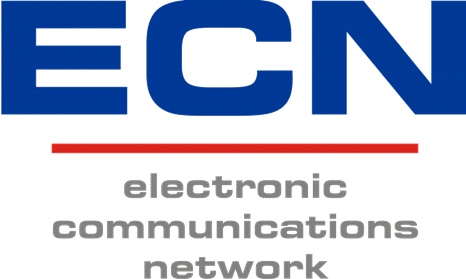Fibre optic internet is fast becoming the preferred choice for businesses across South Africa because of its superior speed and performance. It allows for enhanced telecommunication, cloud-based applications, and all daily online activity. But once you’ve decided on fibre optic internet, you’re then presented with a range of connectivity options that can seem quite overwhelming; uncapped, unshaped and unthrottled. Here we unpack the three so that you that you’re empowered to get the right connection.
Why choose fibre optic?
Firstly, a quick re-cap on why fibre optic is the preferred internet option:
- Enhanced bandwidth – Fibre is designed to carry more data than copper cables, which means more bandwidth.
- Greater speeds – Data transferred via fibre is carried by light, making it much faster than the alternatives.
- Further reach – Fibre cables can carry signals much further than copper cables.
- More reliable – External factors, such as weather and moisture, don’t interfere with the transmission of data.
- Stronger cables – The thinner, more lightweight fibre cables are also much sturdier than copper.
- Affordable – The initial cost is higher, but the costs are absorbed over time, making it more cost-effective.
Read More: How Much Fibre Does your Business Actually Need?
Uncapped, unshaped and unthrottled fibre
What is uncapped fibre?
The ‘capping’ of fibre refers to the amount of monthly data you are able to access. Many of us are familiar with data use and limitations as these are built into our cellphone contracts. Basically, a capped data plan will provide you with a pre-determined amount of data per month, and once this has run out, you will either have your connection cut, or you will incur additional data costs. With so much work reliant on internet connectivity, most businesses will opt for the ‘uncapped’ data option which means you pay a higher price, but are able to access as much data as required throughout the month, without being cut off or paying extra. From a budgeting perspective – as well as for uninterrupted work flow – uncapped is your best bet.
What is unshaped fibre?
Shaping refers to a connectivity hierarchy, as it were, where online activity is prioritised, particularly when the network is busy. This means that your conference calls – Zoom, Microsoft Teams, Skype, others – will be provided with uninterrupted connectivity, while heavy protocols – such as downloading and streaming – will be not enjoy the full internet speed. Effectively your line speed is reduced, but it is not by a significant amount. However, if you require high-speed internet across all platforms, then it’s best to opt for an unshaped package that allows for enhanced capabilities.
What is unthrottled fibre?
A more comprehensive form of ‘shaping’ is known as ‘throttling’. Where shaping will restrict online connectivity for select activities, throttling will reduce all online activities during peak hours. If your contract with your internet service provider (ISP) is uncapped, you can also experience throttling once a certain amount of data has been used. This means your will experience slower internet towards the end of the month. You will, undoubtedly, pay more for unthrottled fibre, but it does mean you’re able to enjoy the benefits of consistently fast and reliable internet throughout the month.
Ultimately, an uncapped, unshaped an unthrottled fibre package is what everyone would like, but financial restrictions have to be taken into account. Fortunately, a reliable ISP will be able to work out a package that is customised to your business needs, without impacting your connectivity throughout the month.
Read More: 5 Things You Didn’t Know About Fibre for Your Business


